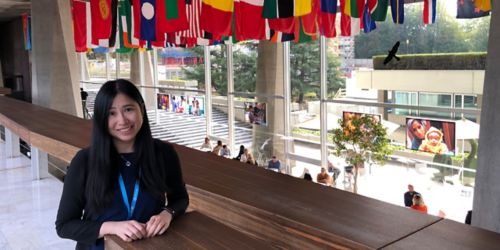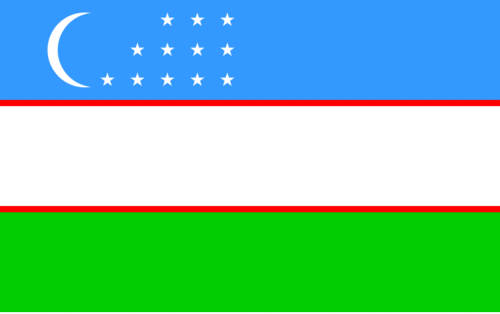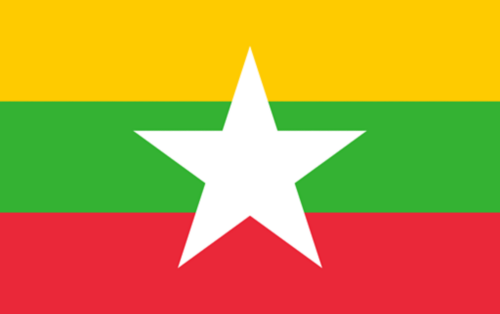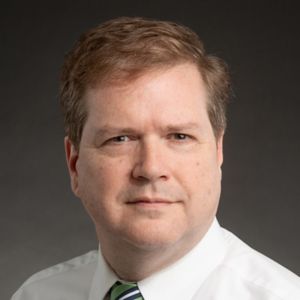St. Jude Family of Websites
Explore our cutting edge research, world-class patient care, career opportunities and more.
St. Jude Children's Research Hospital Home

- Fundraising
St. Jude Family of Websites
Explore our cutting edge research, world-class patient care, career opportunities and more.
St. Jude Children's Research Hospital Home

- Fundraising
Memphis to Myanmar: A Year in the life of the Global Initiative for Childhood Cancer

Catherine Lam, MD, of St. Jude Global, has traveled around world to help low- and middle-income countries improve children’s access to cancer care.
One year ago, the World Health Organization (WHO) announced the Global Initiative for Childhood Cancer, a five-year collaboration with St. Jude Children’s Research Hospital with the goal of achieving a global survival rate of at least 60% for children with cancer and reducing suffering by 2030.
Catherine Lam, MD, MPH, attended the announcement, which was presented as an inaugural side event at the United Nations General Assembly. While senior leaders of WHO and St. Jude took turns speaking, Lam was bracing herself for a busy year working with both organizations.
Lam is a pediatric oncologist who has specialized in treating children with rare solid tumors since joining St. Jude in 2011. She also leads two units of St. Jude Global: the Health Systems Unit and the Asia Pacific Regional Program. When St. Jude was invited to become the first WHO Collaborating Centre for Childhood Cancer in March 2018, Lam was named co-director of the program.
Assignment: Geneva
Lam is currently on 18-month assignment at WHO headquarters in Geneva, as a consultant to its Management of Noncommunicable Diseases unit. This is an exciting year, with, among many tasks, the opportunity to design and jump-start the operations of the Global Initiative for Childhood Cancer.
The initiative is designed to increase participating countries’ capacity to provide quality services for children with cancer. “We have been defining nuts and bolts for the overall approach or framework,” Lam said, “gaining insights from collaborators around the world, increasing the visibility of childhood cancer in meetings with policy makers, and planning national stakeholder workshops and action plans with local leaders, including ministries and our partners at WHO headquarters, regional and country-offices.”
Together with St. Jude Global regional programs and the Health Systems Unit, she has worked with WHO and partners since May to help organize three of those intensive national stakeholder workshops in Myanmar, Peru and the Philippines, with several more planned in the coming months, including Uzbekistan and Zambia. Active participants at these events range from staff oncologists to the focus-country’s minister of health.
Year One
In the first year of the Global Initiative for Childhood Cancer, five countries have been recruited out of six WHO regions.

Zambia
African Region

Philippines
Western Pacific Region

Uzbekistan
European Region

Peru
Region of the Americas

Myanmar
South-East Asia Region
CNN New Day, different continent
“There is quite a bit of travel involved,” Lam shared, “to various countries, from Turkmenistan to Turkey.” Recently, when she could have been catching a precious full night of sleep during the Philippines workshop, Lam was awake well before dawn to appear on CNN-Philippines New Day morning show along with Carlos Rodriguez-Galindo, MD, chair of the Department of Global Pediatric Medicine at St. Jude, as well as Patricia Alcasabas, MD, chair of the Department of Pediatric Hematology-Oncology at Philippine General Hospital in Manila.
The CNN host’s first question was for Lam, asking how she plans to achieve a 60% cure rate in the Philippines. “With everyone's engagement—including the media,” Lam replied. “It starts with all families being aware that childhood cancer is curable and having all providers be supported by government policies with appropriate financing.”
The Myanmar template
This assignment isn’t Lam’s first time to represent St. Jude in Geneva, or in Myanmar. In 2016, she spent six weeks at WHO headquarters supporting a Myanmar program that eventually became a template for the global initiative. “We looked for ways to apply the approaches to cancer care we have long used at St. Jude—working with clinicians—and combining that with WHO access and connections with government ministries and leaders,” Lam said.
“After that experience, we started thinking about ways we could multiply that model,” Lam said. “We realized a lot of what we were addressing in Myanmar—expanding access to quality care—could be applied to other places. We are now able to develop and showcase tools that a health ministry can use to demonstrate the cost-effectiveness of ‘treating the treatable’ childhood cancers, even in the most resource-limited settings.”
Trains, planes, but no automobiles
Lam misses both her patients and her colleagues back in Memphis, but she admires Swiss efficiency. “In Geneva, you don’t need a car because public transportation is really super,” Lam said. “We can use one app to get trains, trams or busses. Everything is by the clock, and they apologize profusely if they arrive even one minute late.”
Lam displays a similar dedication to efficiency—for the sake of young cancer patients, rather than commuters. While the Global Initiative is still gathering speed, one year into its five-year plan, the St. Jude Global message is resonating. “Overall, there is a lot of momentum,” Lam said. “In addition to our focus countries, representatives from many more are reaching out, along with other partners, asking us how they can learn more and do more. The wonderful thing is that this is truly a global initiative, for all countries and for every child.”






